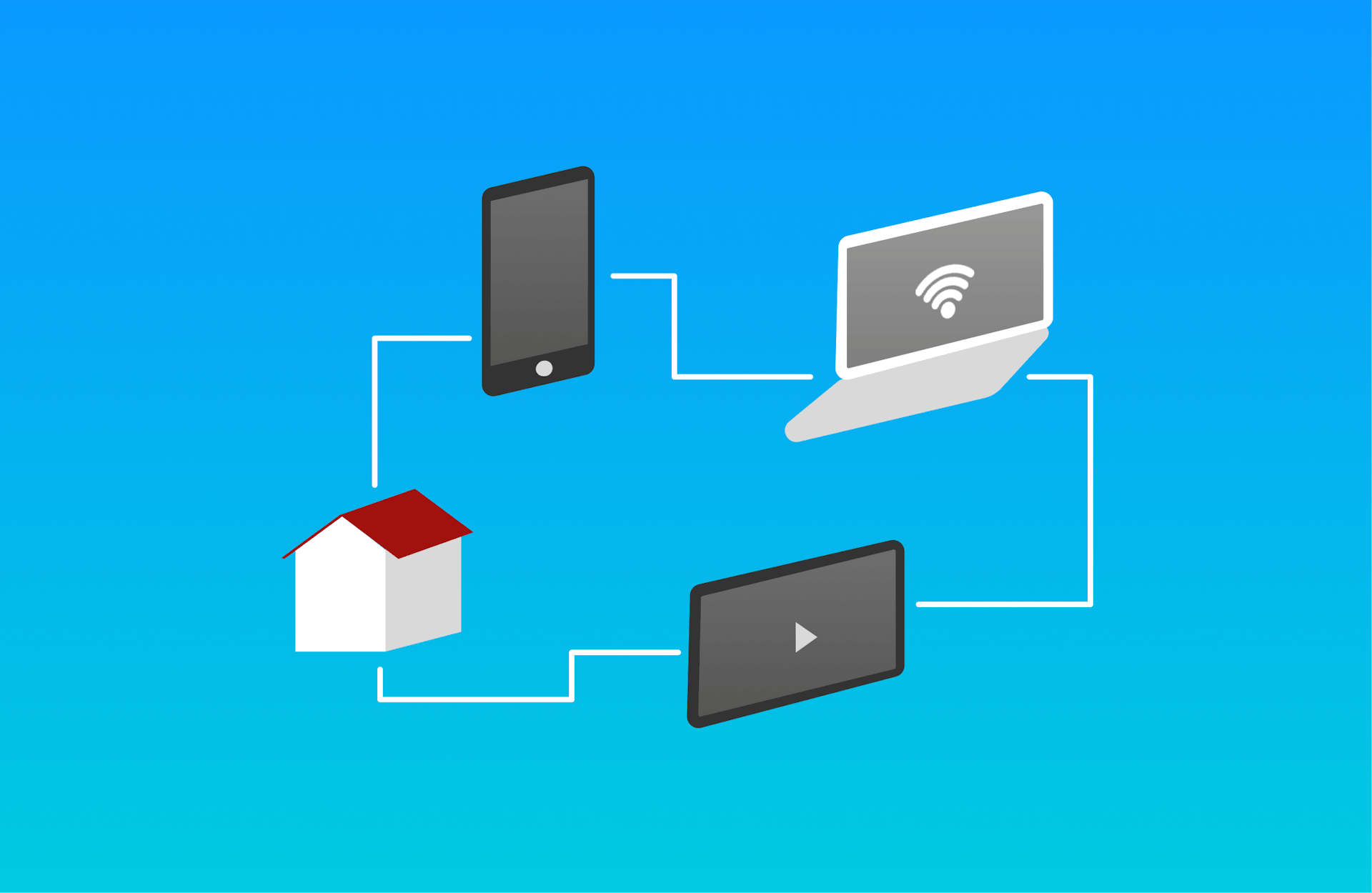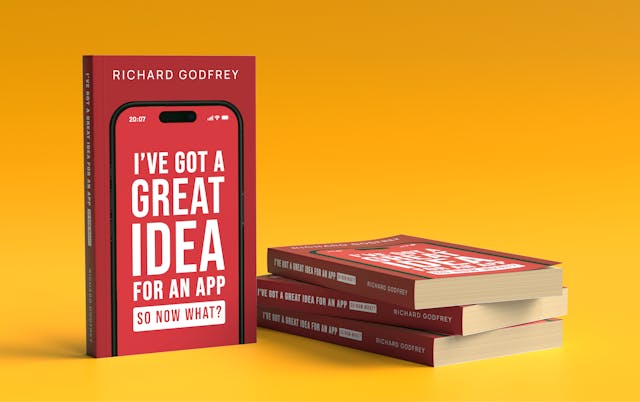What is the IoT (Internet of Things)?

The Internet of Things (IoT) refers to a giant network of connected things and people that collect and share data about the ways they are used and the environment around them.
The ‘Things’ in IoT can include an extraordinary number of entities, with use cases growing by the minute. Whether it’s a driverless vehicle, a smart thermostat, a fridge or a heart monitor implant — pretty much any physical object can be transformed into an IoT device if it can be connected to the internet to be controlled or to communicate information.
The IoT market has exploded in recent years and is widely considered one of the key disruptive technologies and top software development trends. In fact, according to Statista, there will be a predicted 75 billion devices in use by 2025. Every day, more and more businesses are understanding the need for connected devices in keeping them competitive. The Internet of Things offers many benefits to organisations across a wide range of industries including:
- Allowing real-time monitoring of business activities
- The generation of more revenue
- Improve the customer experience (CX)
- Increase productivity, efficiency, and sustainability
- Make better, more informed decisions
- Save time and money
- Adapt business models
With both the business and consumer benefits and use cases for IoT so prevalent, it’s no wonder it has become one of the most important technologies of everyday life. Next, let’s explore how the Internet of Things works.
The Internet of Things: How does it work?
The first step to how an IoT ecosystem works refers to the way data is collected from the environment. An IoT system is made up of web-enabled smart devices that leverage embedded systems (such as processors and sensors) to collect, send and act on data from their environments. The collection stage can be as simple as a heartbeat reading or as complex as a real-time video feed.
The next stage is all about connectivity — how the data is sent on/ shared to the cloud. There are a variety of methods in which a sensor or device can be connected to the cloud, including WiFi, Bluetooth, cellular, satellite, Low Power Wide Area Network (LPWAN), or via ethernet. While each method varies in terms of power consumption, range and bandwidth, they all have the same aim in mind: getting the data to the cloud.
Next up is all about data processing. Once the data reaches the destination, the software will need to process it in order to make insights and send back instructions. For example, in smart energy monitoring, the software may detect the temperature of a room is too high based on predefined rules, and so send back an instruction to lower the temperature automatically.
The last stage refers to how the information is made useful to the end-user. This is typically via an alert to the user i.e. a text message, email, or app notification. Unlike the previous room temperature example of an IoT device performing actions automatically, some actions may require the intervention of a human operator. For example, in the case of a smart doorbell such as those by Ring, users will receive an alert whenever motion is detected via the device and users can choose to speak with the visitor remotely.
Examples of IoT use cases
So, now that we know what IoT means, it’s benefits and how it actually works, let’s take a look at a few examples of real-world scenarios in which the technology is applied:
#1 - Healthcare: Virtual Hospital Wards
The use of smart technology and wearable devices is enabling new forms of medical treatment, understanding and care in the healthcare industry. A recent example is the advent of virtual hospitals in which outpatient and long-term care is being delivered remotely by healthcare professionals to patients in their homes. The use of wearable health devices that monitor and send data to hospital staff is enabling vital bed space to be freed up for those who require more intensive care. In the UK, the Northampton General NHS Trust partnered with healthcare startup Doccla on a trial to remotely monitor recovering Covid-19 patients. This proved to be a vital and valuable tool for delivering safe and effective healthcare during the pandemic.
#2 - Sustainability: Smart Farming
With global warming on the rise, there are many brilliant initiatives using IoT solutions to help combat climate change. An example of this is the use of IoT to optimise farming efficiency. The UN estimates that by 2025, food production will need to increase by a whopping 60 percent to feed the rising population. But with traditional farming being a major contributor to global greenhouse emissions, it is clear more sustainable practices are needed to meet the food demands while reducing the environmental impact. Enter: Smart Agriculture. IoT is pushing the future of farming to the next level, increasing efficiency, productivity and sustainability. Tools include smart sensors which enable the real-time monitoring of irrigation systems, soil quality, livestock health and crop conditions in order to ensure the efficient use of resources; the use of drones to survey lands, perform field analysis and generate real-time data; ‘Smart Greenhouses’ which utilise IoT and smart, connected devices to create a self-regulating microclimate — plus so much more.
#3 - Sport: Increasing Performance Levels
Traditionally, competitive sports were mainly all about strength, skill, durability, passion, and teamwork. And while these are still obviously very significant, the Internet of things and smart, connected devices are playing an increasingly important role in helping teams and sports professionals achieve better output. An example of this is the use of wearable sensors which collect and measure player data —everything from heart rate and fatigue to player performance. Coaches and the wider team (including sports scientists, physios, and doctors) will use the data to draw insights and manage the workloads of players accordingly. Data provided by smart sensors are commonly assessed by teams to help identify the strengths and weaknesses of athletes and then a tailored plan is designed based on these valuable insights.
Of course, these are just three examples of IoT applications in the real world. Today, there are thousands upon thousands of incredible ways the technology is being leveraged — from devices that literally help to save lives to smart solutions that stop you snoring (partners/victims of snorers, we got you). With technology becoming more advanced, the IoT world shows no sign of slowing down and we’re so excited to see what other weird and wonderful applications will be introduced in the future!
Here at Rocketmakers, we are experts in IoT software development, using the latest, proven technology in our projects to deliver scalability, reliability, performance and security for every project. Want to find out more? Reach out to the Rocketmakers’ team today!



